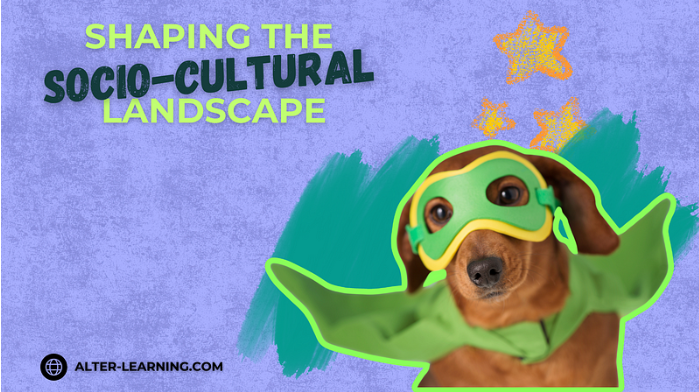By Krista Shepard
Adapting Education for Every Learner with XR
At Alter-Learning, we believe education should adapt to every learner, not the other way around. Through Extended Reality (XR), which encompasses Virtual Reality (VR) and Augmented Reality (AR), we are reshaping inclusive learning for students of all abilities.
These immersive technologies unlock new opportunities to deliver personalized, engaging, and accessible learning for everyone.
Personalized Learning Through XR
XR allows educators to tailor instruction to the individual:
- Customizable environments to support sensory needs
- Flexible pacing to meet different learning speeds
- Adaptive content that adjusts difficulty and support levels
This flexibility ensures students feel empowered and supported in their learning journey.
Breaking Down Accessibility Barriers
XR can significantly enhance learning for students with disabilities:
- Voice commands and audio descriptions for visual impairments
- Closed captioning and sign language integration for hearing impairments
Motion tracking and haptic feedback for mobility challenges
With these features, XR promotes truly accessible learning experiences for all.
Safe and Supportive Virtual Environments
Students benefit from XR’s ability to simulate real-world situations in safe, controlled settings:
- Practice social skills with virtual social-emotional scenarios
- Reduce anxiety through predictable, low-stimulation environments.
- Build confidence with step-by-step exposure to new tasks.
This type of low-pressure, high-impact learning is vital for inclusive education.
Real Applications in the Inclusive Classroom
Alter-Learning uses XR to bring subjects and skills to life:
STEAM Education
- Explore science with interactive 3D models.
- Conduct experiments in a virtual lab
- Engage in collaborative problem-solving
Social-Emotional Learning
- Simulate real-life conversations to build empathy.
- Practice emotion recognition and regulation
- Foster communication in a safe, virtual space
Life Skills Development
- Train for jobs through virtual workplace simulations.
- Rehearse daily routines and self-care tasks.
- Navigate virtual environments safely before facing them in real life.
Meeting the Challenges Ahead
To make XR widely effective and inclusive, Alter-Learning focuses on:
- Affordability & accessibility for all learners
- Professional development for educators
- Research-driven strategies that ensure effectiveness
- Partnerships with disability advocates to shape inclusive tools
We’re committed to continuous improvement and collaboration in everything we build.
The Future of Inclusive Learning Starts Now
Imagine virtual field trips for students with mobility limitations, AI-powered XR systems that instantly adjust to learning needs, or immersive language experiences with native speakers in a virtual world.
At Alter-Learning, this is the future we’re creating—with and for learners of all abilities.
Inclusive Learning with XR is more than a concept—it’s a movement, and Alter-Learning is proud to lead the way.
Follow Alter-Learning for more insights into immersive education, edtech success stories, and the future of learning. Want to explore how VR/AR could transform your school or learning platform? Let’s connect.
Alter Learning Games




